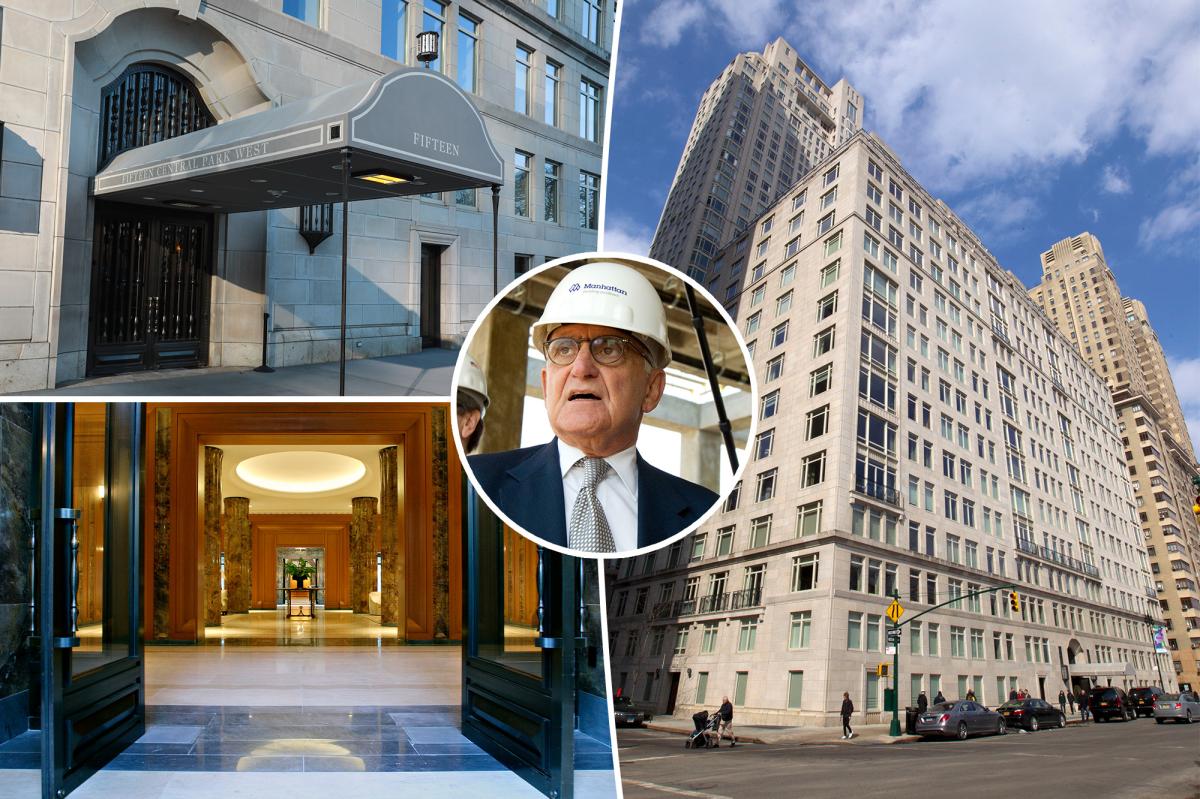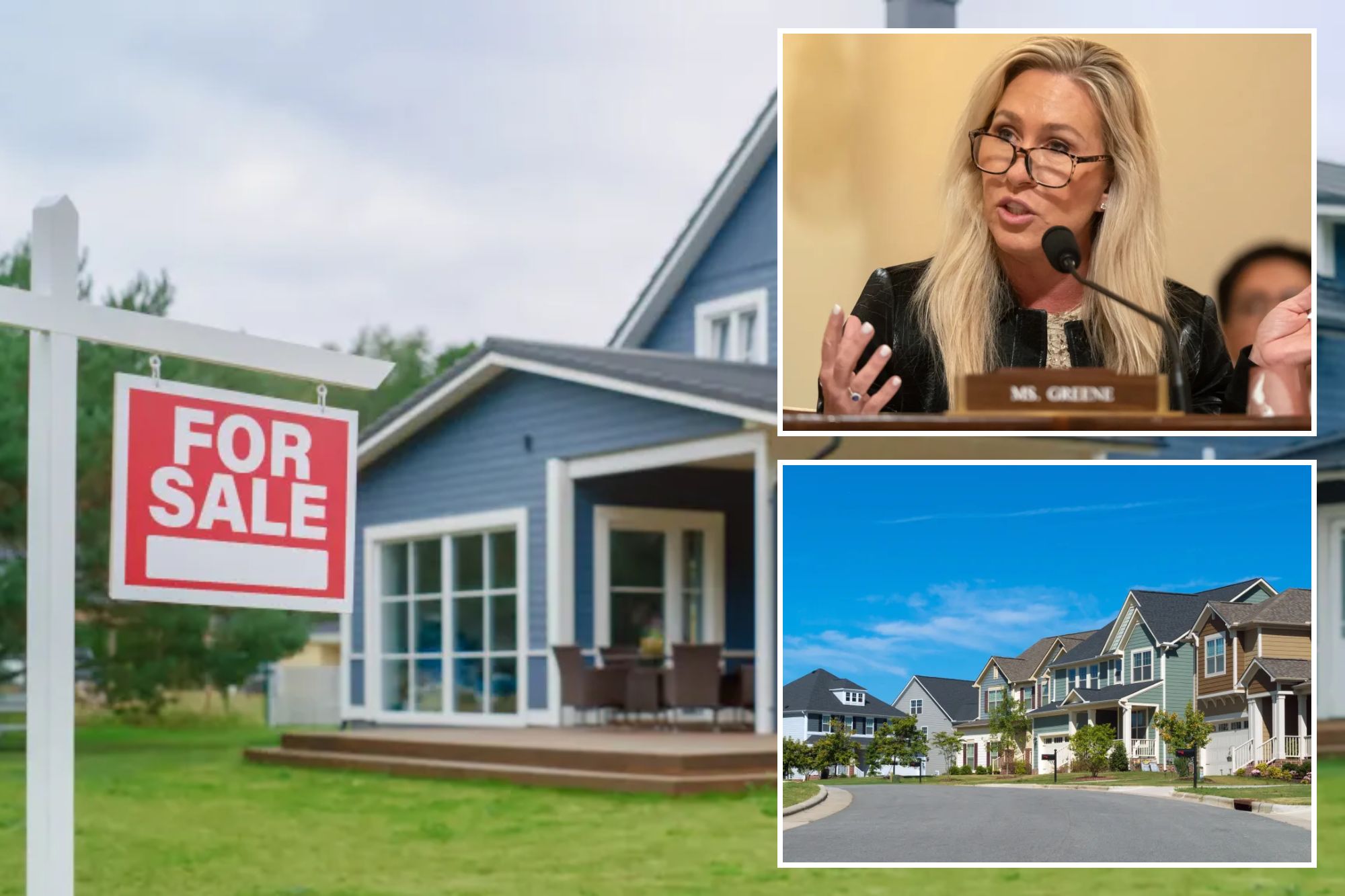T
he commercial real estate insurance market is facing a perfect storm of increased catastrophe risk, economic instability, and underwriting constraints. In response, brokers and carriers are turning to innovative solutions that prioritize speed, specificity, and adaptability.
Parametric insurance and captives are gaining traction in sectors where volatility has changed the rules of engagement. Parametric insurance, once reserved for natural perils like flood or wind, is now being used to cover business income and time element exposures in the absence of direct physical damage. Captives, traditionally used in casualty programs, are also moving into new risk categories.
Despite these developments, poor data quality remains a significant barrier to market growth. "The biggest challenge I see is poor data quality," said Sam Baig, president of Amwins Brokerage. "Speed and clarity are equally important."
Revaluation, weather volatility, and capital strain are also affecting the market. Underwriters are rethinking how they rate for secondary catastrophe perils, and solvency is under review due to regulatory scrutiny on underwriting profit and risk-based capital levels.
Litigation finance is fueling courtroom volatility, with funded litigation creating havoc on verdict sizes and lawsuit settlements. States like Georgia and Florida have responded with tort reforms, but the issues continue to evolve.
Conversions of underutilized assets into housing are also presenting challenges, including potential class-action risk, regulatory variance, and construction defect litigation.
Baig's message to brokers is clear: tools are evolving, but results still hinge on execution. Success requires better data, earlier outreach, and realistic alignment between stakeholders. "The ones who are prepared are the ones finding solutions," he said.













